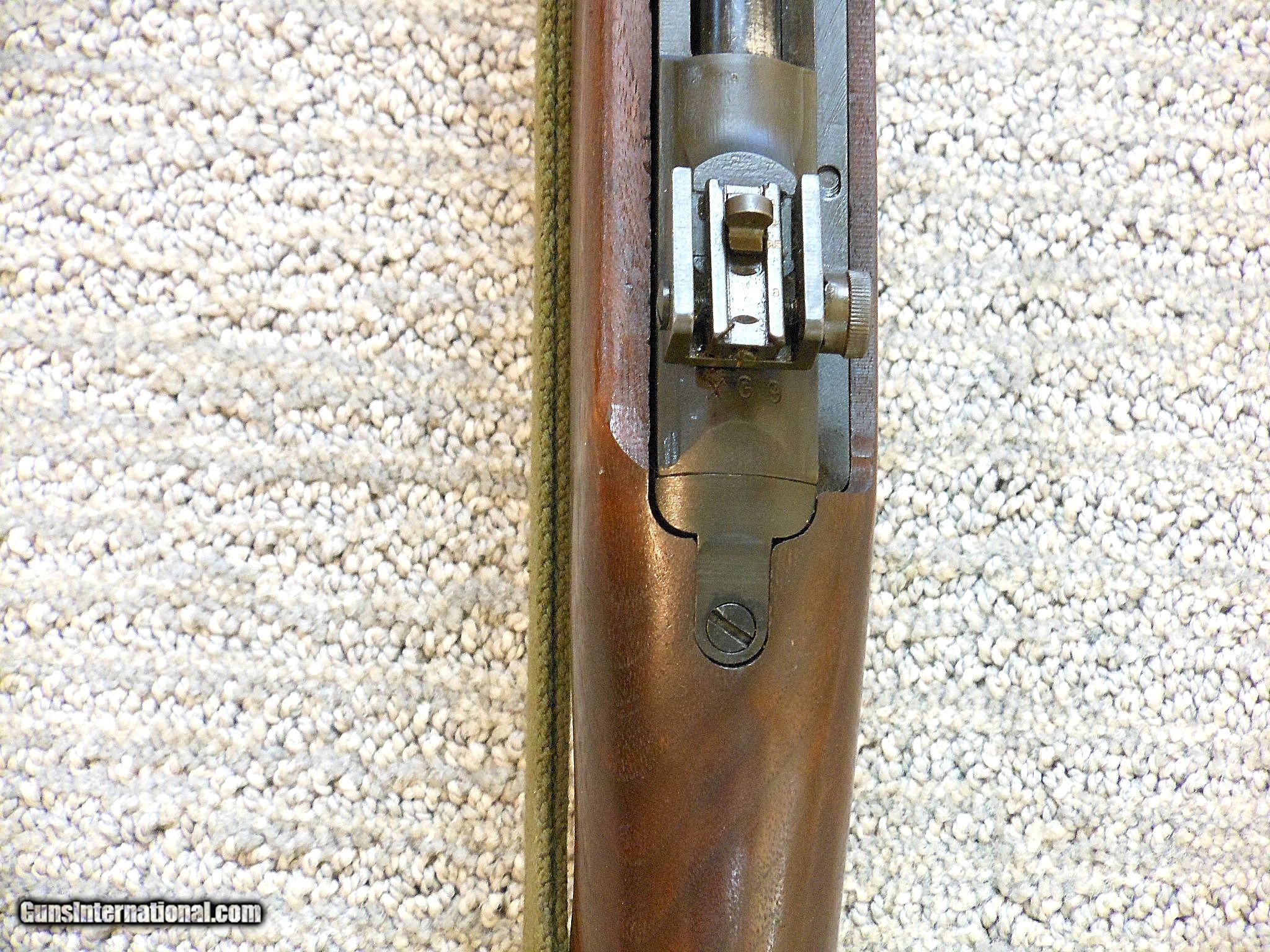- Dec 20, 2018 Hi, I keep looking for answers on this serial number for an Inland M1 Carbine. The add states the barrel is a 1943 but the serial number is one I can't find on the data sheet anywhere. The serial number is 858230. What I can find starting within the '8's' are 1945 dated M1 Carbines.
- This Inland built M1 Carbine is on display at Fort Macon State Park in North Carolina. Author's Photo added 1-14-2017. The Inland stamp is easier to read than on the previous carbine and is serial number 210736. Author's Photo added 1-14-2017. Inland Division of GM built 811 out of the 1,919 T3 infrared carbines during WWII.
While cleaning my Universal for a range test comparison against a CMP Inland M1 Carbine, I found the slide had cracked back by the charging handle. This is one of the more common failures on Universals, and parts are difficult-to-impossible to find. Avi codec adobe premiere.
Owing to the scarcity of original M1A1 carbines, here are a few essential things for collectors to look out for. It should be noted that original un-rebuilt M1A1s are very rare and the vast majority of M1A1s on the market, have either reproduction or fake stocks. Also, since the war, many will have been rebuilt with later parts.
M1A1 Serial Numbers
Inland Manufacturing Division of General Motors was the only manufacturer of the M1A1 and manufactured approximately 140,000 by the close of the war. Convert 32-bit app to 64-bit. The M1A1 was manufactured in two main production runs, both of approximately 70,000. The first was produced and delivered from late 1942 through until October 1943. M1A1s produced during this run will have early production features, such as flip sights, type 1 barrel bands, high wood etc.
The second production run, started in April 1944 and finished at the end of 1944. M1A1s produced during the beginning of the second run, will have the same characteristics as the first run, but towards the end of the run, will have features typical of a late M1, such as low wood, adjustable sights and even type 3 barrel bands at the very end of the run.
There are no actual records kept for M1A1 serial numbers and so unfortunately there is no specific way to identify if an M1A1 is original from the serial number alone. Also, during an Arsenal re-fit, M1s produced by other manufacturers could be fitted to M1A1s.
In personally examining real examples both in hand and from pictures, I have noted some of the serial numbers and barrel dates used. Vocaloid.
| First Run | |
| Dec 1942 | 123xxx |
| Dec 1942 | 142xxx |
| March 1943 | 220xxx |
| March 1943 | 260xxx |
| March /43 | 317xxx |
| June/43 | 454xxx |
| July 43 | 529xxx |
| Sept 43 | 852xxx |
| Oct 43 | 866xxx |
| Second Run | |
| 3/44 | 5,102xxx |
| 3/44 | 5,163xxx |
| 3/44 | 5,279xxx |
| 5/44 | 5,231xxx |
There are many details, but here are the main things to look at:-
Manufacturer

All originals are manufactured only by the Inland Division of General Motors.
M1A1 Stock
All original M1A1s are made of walnut. Any other wood is wrong. Also, check out the shape and angles around the cut away for the folding stock. Fake or reproduction stocks often get this wrong.
The Pistol Grip

The side or back of pistol grip, should have a “P” proof mark, either circled or un-circled, indicating that the gun has been test proof fired.
The underside of the pistol grip should have a marking of OI and a crossed cannons emblem.
M2 Carbine Serial Numbers
The Stock – barrel channel
There should be an OI stamped on the inside of the barrel channel. The OI stands for Overton Inland, who were the manufacturer of the stocks.
The Butt Stock
M1 Carbine Serial Numbers Database
In the butt-plate number B257614* should be cast with a logo of a sunburst in a circle completed by a drawing number between 3 and 12.
All metal on the stock should be parkarized and not blued.
The leather part of the folding stock should be of a very good quality and a dark brown, almost black colour. It is very common, to find the leather on the cheek pad missing.
M1 Carbine Serial Number Year
Rivets used to attach the leather should be dull and not shiny. Brake lining rivets were used on re-builds, sometimes with a “7/4” marking. All original factory production were unmarked.